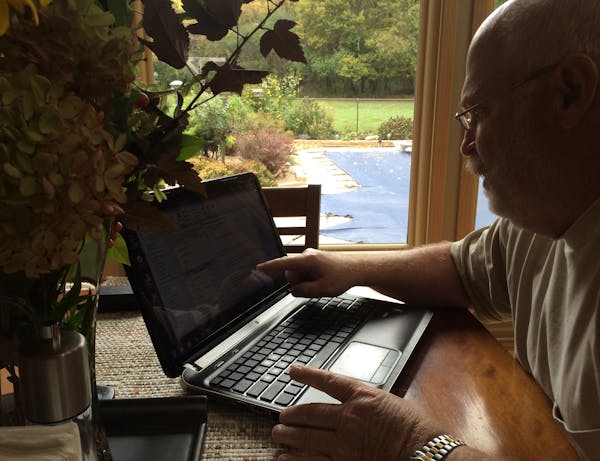Sparsely settled exurbs not only are rough places to get broadband, they also pay plenty to get rid of poop.
While there's no shortage of bathrooms in upscale enclaves such as Orono, wastewater rates can be hundreds of dollars higher each year than in a Shakopee or a Blaine, a new survey shows.
Metropolitan Council analysts found that west metro communities in the vicinity of Lake Minnetonka, including Tonka Bay, Excelsior and Mound, dominate the top end of the list.
Columbus is costliest in the north, North St. Paul and Mahtomedi in the east. Southern suburbs are well down the list, below the two central cities.
Both Minneapolis and St. Paul come in at around $300 per year, or less than half of metro leaders Independence ($672) and Greenfield ($663), two neighbors north of Lake Minnetonka.
Cheapest spots for a flush: North Oaks ($107) and Savage ($129).
City rates flow from a range of factors, analysts say. "Minnetonka [population over 50,000] is cheaper than Tonka Bay [pop. 1,500] due to economies of scale," said John Atkins, budget manager for the council's wastewater arm. "But it can also be a matter of, 'Have they gotten aid from the state or feds?' " Federal support in particular has nearly vanished.
Population density — the number of homes per acre — influences cost as well. The central cities are more densely settled than others but also older, meaning costly repairs.
The council does the survey mainly to compare the entire metro with peer regions around the country.
In that regard, said Jason Willett, assistant general manager for the wastewater division, the Twin Cities is "in the bottom 25 percent — at the cheaper, better end — of the metro systems handling at least 100 million gallons a day. That's important to keep us competitive."
To check out the full list, visit tinyurl.com/odsptd5 and scroll to near the bottom. The report is dated 2014, but because of scheduling issues, it was discussed in public with a Met Council committee just recently.

Trail section at one of Minnesota's most iconic spots closing for rehab

Will 'shotgun only' zone for deer in southern Minnesota be abolished?

Four Minnesotans catch salmonella in outbreak linked to basil sold at Trader Joe's

